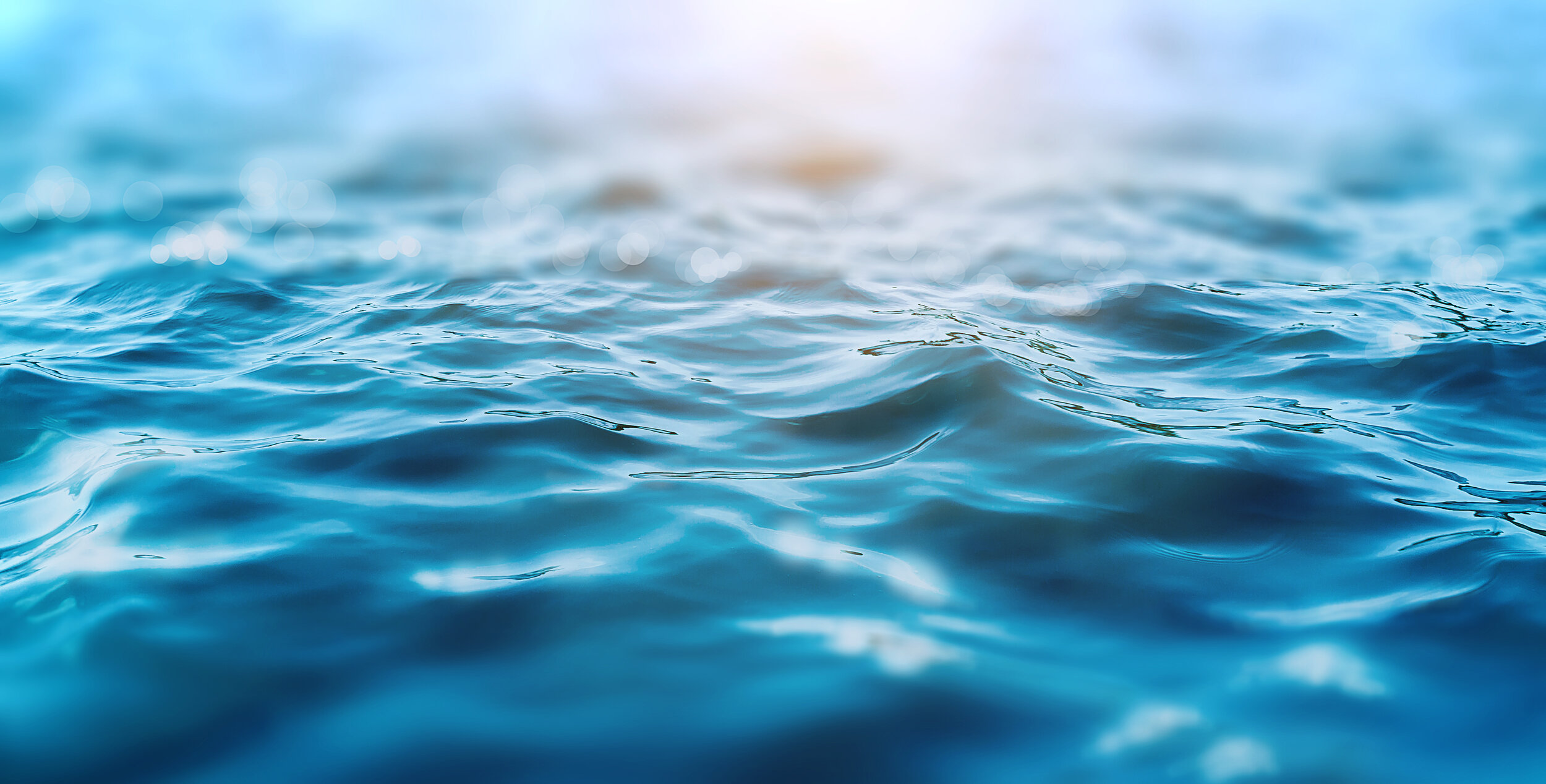Engineering a solution to dirty water

More than 844 million people around the globe lack access to clean water. One of the challenges is that bacteria from rivers can flow into groundwater sources, polluting what may have been potable drinking water. Building new infrastructure to reroute clean water is expensive, especially for regions that already struggle with extreme poverty. Instead, communities often rely on water filtration systems.
Current methods of testing water safety can be expensive and time consuming. Researchers must first take samples at the water source and bring them back to the lab. Then they have to test the samples to determine which types of bacteria are present.
"It usually takes hours or days, and to process the data and get results takes another few hours," says Jianfeng Sun, a doctoral student in the Department of Mechanical Engineering at Northeastern University. Working with fellow doctoral student Ran Ran and undergraduate student Derek Tran, Sun is developing a new method that's faster, easier to use, and portable.
The group presented the research at the 2017 Society of Engineering Conference, hosted at Northeastern this month. Researchers and students at the conference hail from disciplines across the engineering and science spectrum. "Their work addresses a wide range of issues including energy for sustainability, sensing and control for security, and bio-nanotechnology for healthcare," said Hanchen Huang, Donald W. Smith Professor and chair of the Department of Mechanical and Industrial Engineering.
Traditionally, in order for scientists to measure what types of bacteria are present in water, they push the water sample through a column of soil or sand that's native to the riverbed where the sample came from. As the water goes through the column, some bacteria gets pushed through as well, but some gets left behind. That "sticky" bacteria adhere to the surface of sand or soil particles.
Sun and Ran invented a new type of microscope for their water filtration device. That means that some types of bacteria in rivers aren't a concern. They won't pollute groundwater because they won't ever reach it, instead getting stuck in the sand or soil of the riverbed. However, researchers find that some bacteria will squeeze through the soil column and make it to the other side. That non-sticky stuff can be problematic. Since it's not adhering to the soil or sand, it may hitch a ride on the river current all the way into a town's source of drinking water and make people sick.
While the traditional strategy for measuring bacteria works, Sun knew he could make it more efficient. Instead of using a soil column to push water samples through, his method uses a microchannel. If you imagine scraping a tiny ditch down the middle of a glass microscope slide, this is the microchannel where water from a sample flows. The flow is very gentle, allowing sticky bacteria to adhere to the edge of the channel. The slide is positioned over a microscope that counts individual bacteria to see which become trapped and which get flushed through.
To make this system portable, Sun knew he wanted the microscope to be able to connect with a cellphone. But there weren't any good options available. Instead of trying to retrofit his system with an existing device, he and Ran built a new microscope from scratch.
Eventually, Sun wants to develop a mobile application that will count and analyze bacteria the microscope sees. That way, researchers could bring the device into the field and test samples on the fly, cutting down on the time it takes to process data in the lab. This translates to more efficient water filtration, which has the potential to save lives all over the world.





